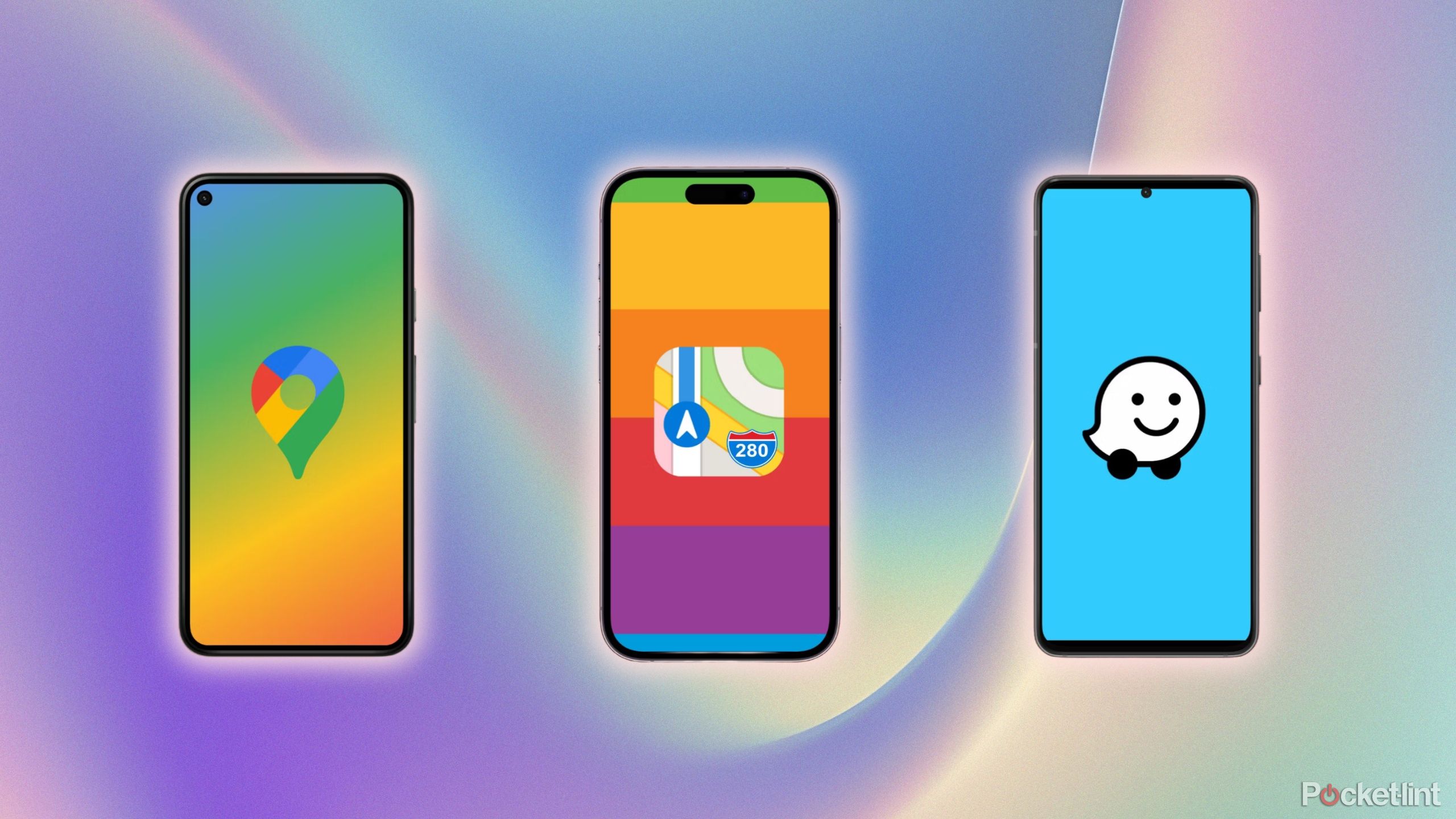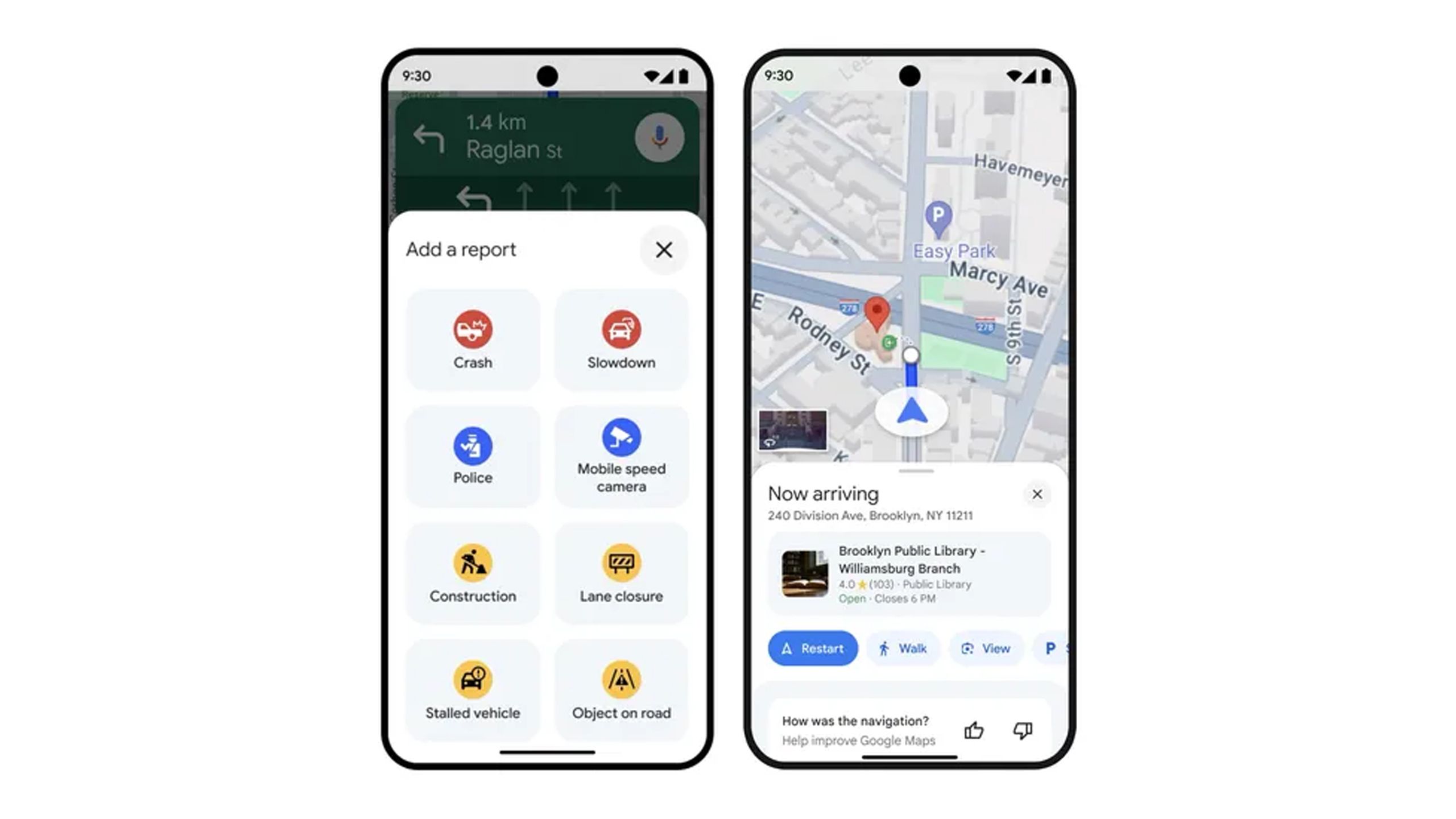Key Takeaways
- Google Maps has improved hazard reporting and now offers help with parking inside buildings.
- Waze adds “traffic events,” more camera types, and lock screen alerts.
- Some new features will be available immediately, others at a later date.
Google began rolling out some pretty big changes to both its navigation apps, Google Maps and Waze, on Tuesday. In Maps, it’s now easier to report hazards like collisions, police, construction, and more, by tapping a yellow triangle icon while driving to bring up an updated menu of hazard types. Even after you select one, you’ll have a short window of time to cancel in case you made a mistake.

Related
We tested Google Maps, Apple Maps, and Waze to find out which navigation app is best
With three apps sharing the top spot for navigation, it’s natural to wonder which app will come out on top to get you from point A to point B.
In the “coming weeks,” Maps will also solve a long-standing problem for navigation apps: locating building entrances and parking. As you approach your destination, Maps will highlight the building, entrances, and nearby parking. It’s unclear how well this will be supported outside of major US cities, but Google has promised to release all new Maps features, including Android Auto and CarPlay, globally on Android and iOS.
What’s coming to Waze?
Waze has always been known for flagging hazards, but a new feature is that it now identifies more camera types. In addition to speed cameras and red light cameras, it will flag cameras that track seat belt and phone use, and cameras that are in protected lanes like buses and carpool routes. Some cameras track multiple violations, which will be flagged with more details.
Google is also introducing the concept of “traffic events,” which means that if you’ve been in a particular area recently or have saved a location around it, you’ll be notified. You’ll be informed of the cause of the event (for example, the Olympics if you’re in Paris), road closures, and general traffic congestion. With the tap of a button, you can plan a route that avoids the affected roads.
These changes should already be on some Android and iOS devices. In the coming months, lock screen navigation alerts will also be available on both platforms, so you won’t be left in the dark when your phone goes into sleep mode. iOS lock screen support is expected this fall, so Google may be waiting for iOS 18 to arrive.


